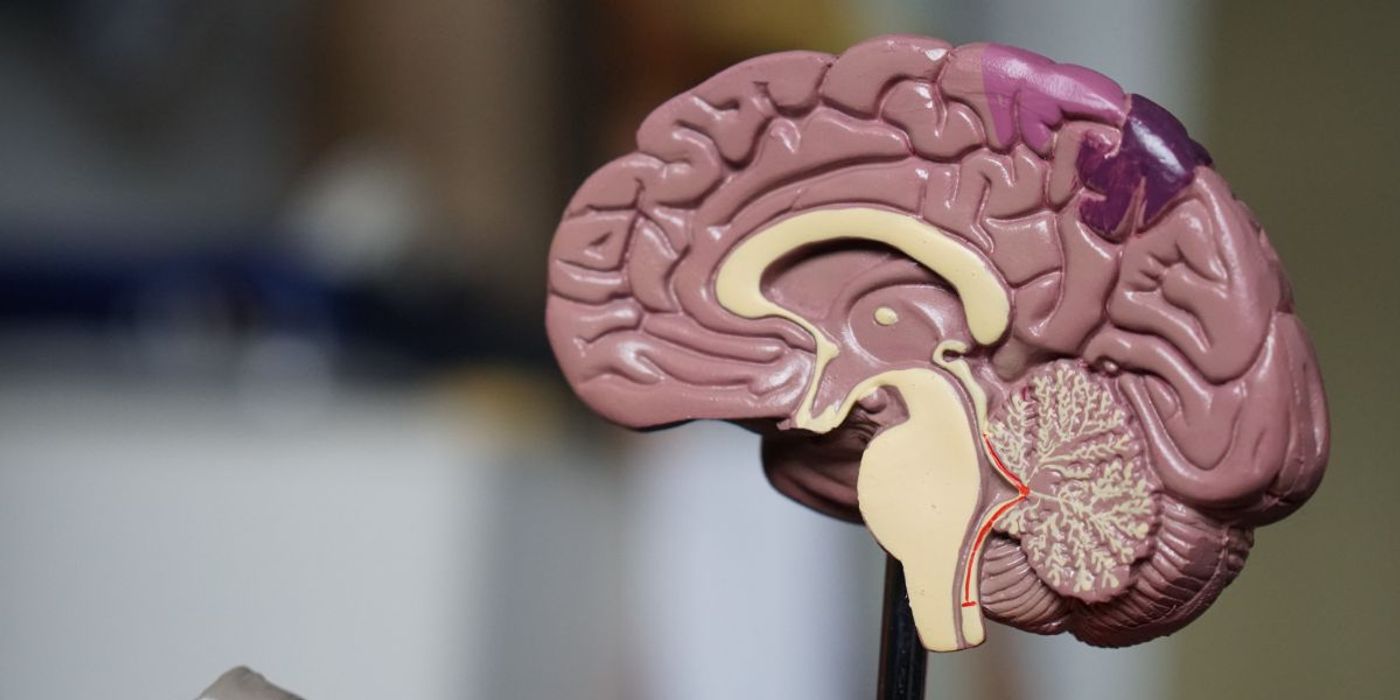How Cults Change Your Brain
Cults have a reputation for luring in vulnerable individuals under the veil of comfort and identity. Then, once they’ve been drawn in under these pretences, cult starts to break them down in a way that destroys their sense of self and has them marked by trauma should they leave (Manza: 2017). But how?
According to California psychiatrist, Dr. Daniel Siegel, psychologically healthy people understand that although we share many similarities with others, we also have many differences too (Siegel: 2009). Rather than being a bad thing though, understanding and appreciation of these similarities and differences leads to integration and harmony as opposed to conflict.
Instead of promoting this idea of the self and others however, cults tend to assert that harmony can only exist via one way of living- theirs- with any differentiation worthy of exile or isolation. The idea of the individual “self” is disregarded. Interpersonal value is only recognized after the individual has done away with their personal differences in favour of deriving their full identity from the group- from likes and dislikes to who they speak with (many are urged to cut contact with the outside world, including family), how they dress and their day-to-day routine (Decision Making Confidence: 2019).
Promoting an “us” against “them” mentality in this way means that should cult members disagree with any of the actions or mantras of their group, they are unlikely to voice them for fear of alienation. Over time, suppressing these emotions leads to the stubborn irrationality many therapists experience among cult members, as well as their trauma. But how?
The brain is usually considered to be in two parts: the right side typically being more responsible for emotions, with the left being more logical and thus where language is processed. Integration between the two (horizontal integration) is key for putting feelings into words to both reduce their emotional charge and communicate them to others. The lack of outlet for emotion in this way often allows it to spiral into trauma as the emotional-logical connection in the brain becomes rusty and emotions circulate in the brain unchecked (Collins: 1982).
The brain is also integrated vertically- from top to bottom and vice versa. How well this integration happens decides how well we can process thoughts, reasoning, judgements and perceptions as well as how integrated our feelings, emotions and instincts are with each other. Without proper exercising of this vertical connection, people are either cut off from their feelings or unable to think clearly and make rational decisions, thus making them both highly suggestable and emotionally vulnerable (Whitsett: 2014).
As cults tend to discourage and severely punish those who question their leaders or practices, they tend to prevent both vertical and horizontal integration from happening. This means that negative emotions are more likely to get stuck (eventually surfacing as trauma), while critical thinking and reasoning are suppressed. Mentally incapacitating their members in this way allows a strict following mentality to flourish as suppressing emotional processing and critical thinking not only keeps them vulnerable, but also unquestioning of their leader.
To conclude, cultic behaviors and rituals can have devastating effects on the brain and people’s lives. Often taking advantage of vulnerable people in search of comfort and identity, they disable critical thinking processes and freeze emotional processing to both gain and maintain control over their members. This makes their members not only less logical, but also prone to trauma, as they often feel robbed of an outlet for emotional discomfort distress.
Sources
Manza, Lou: The Conversation
Siegel, M.D. Daniel J. et al: Norton Series on Interpersonal Neurobiology
Collins,Glenn: New York Times
Whitsett, Doni: International Cultic Studies Association










